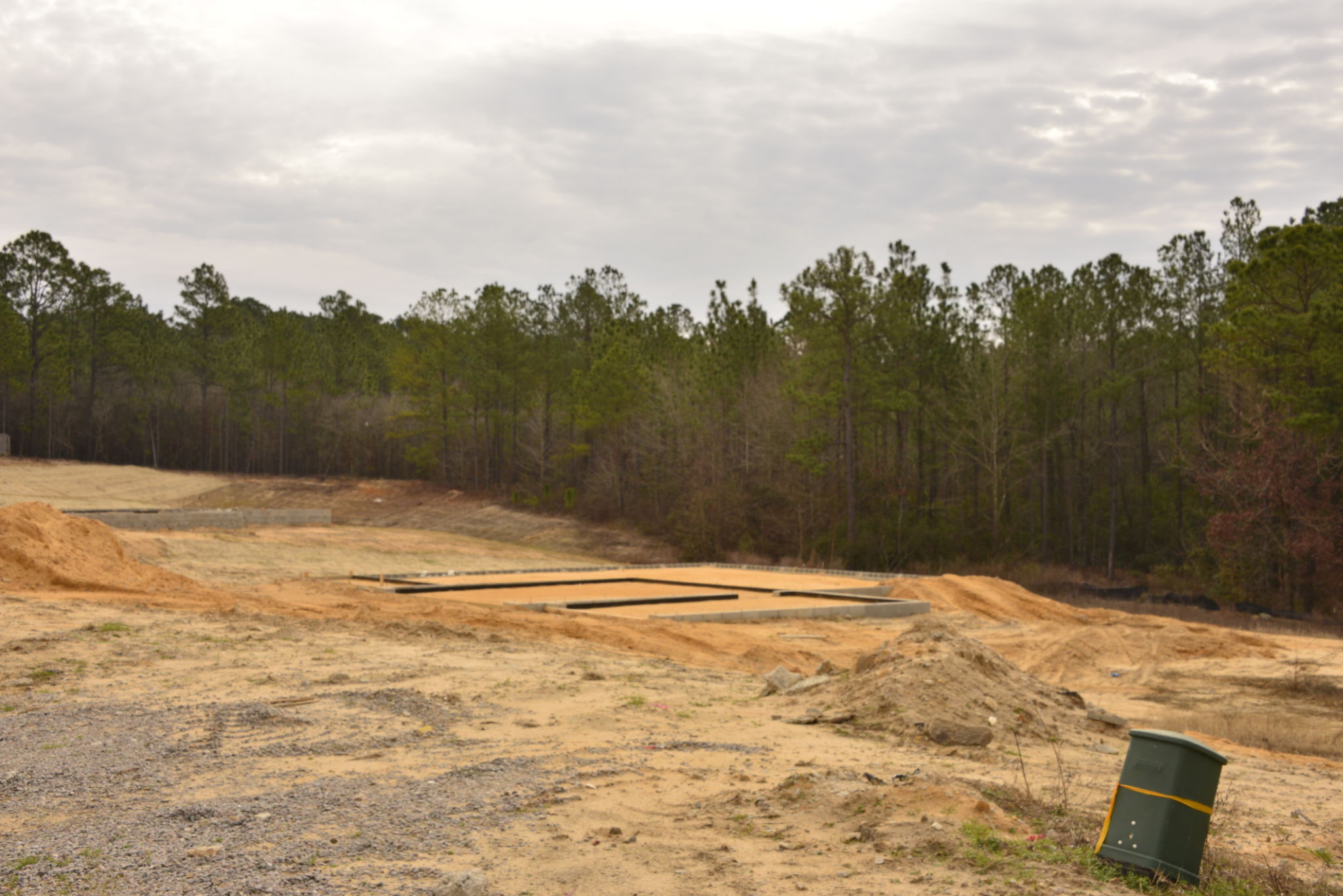Debunking Common Myths About Land Development in North Carolina
Understanding Land Development in North Carolina
Land development is a critical aspect of real estate that involves transforming raw land into a developed property. In North Carolina, this process is often misunderstood, leading to a variety of myths and misconceptions. It's essential to demystify these myths to better understand the opportunities and challenges of land development in this evolving state.

Myth 1: Land Development Is Only for Big Corporations
A common myth is that only large corporations can engage in land development. While it's true that big companies often have the resources to undertake large projects, individuals and small businesses can also successfully develop land. North Carolina offers various programs and incentives that support small developers, making it feasible for those with smaller budgets to enter the market.
Local governments often provide grants and tax incentives to encourage smaller developers. With proper planning and strategic partnerships, small developers can make significant contributions to the state's landscape.
Myth 2: Land Development Always Harms the Environment
Another prevalent myth is that land development inevitably leads to environmental degradation. In reality, North Carolina has strict regulations and guidelines in place to ensure sustainable development. Developers are required to conduct environmental impact assessments and adhere to eco-friendly practices.

Many developers are now embracing green building techniques, such as using renewable materials and implementing energy-efficient designs. By prioritizing sustainability, land development can coexist with environmental conservation efforts.
Myth 3: Land Development Is Too Risky
The perception of high risk often deters potential developers. However, with thorough research and careful planning, the risks associated with land development can be significantly mitigated. Understanding zoning laws, market trends, and community needs are crucial steps in minimizing these risks.
Partnering with experienced professionals—such as architects, engineers, and real estate agents—can also provide valuable insights and guidance throughout the development process. This collaboration helps anticipate challenges and devise effective solutions.

Myth 4: Land Development Is a Quick Process
Many believe that developing land is a fast process that yields immediate returns. However, successful land development requires time and patience. From acquiring permits to completing construction, each phase demands careful attention and adherence to regulations.
Developers should be prepared for potential delays due to unforeseen circumstances such as weather conditions or regulatory changes. Patience and adaptability are key attributes for navigating the complexities of land development.
Conclusion: Embracing Reality
Debunking these myths reveals a more nuanced understanding of land development in North Carolina. By recognizing the opportunities for small developers, prioritizing sustainability, managing risk effectively, and acknowledging the time commitment required, individuals and businesses can make informed decisions about entering the land development arena.
The state's commitment to balancing growth with environmental stewardship makes North Carolina an attractive location for responsible land development. With the right approach, developers can contribute positively to the region's economic and ecological landscape.